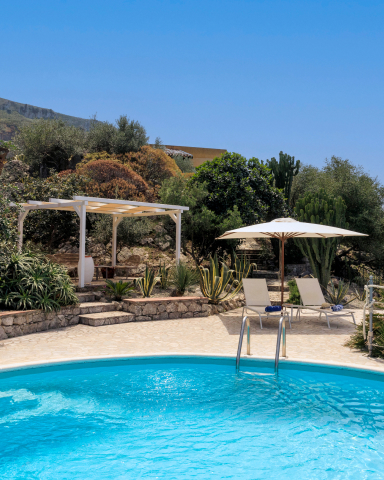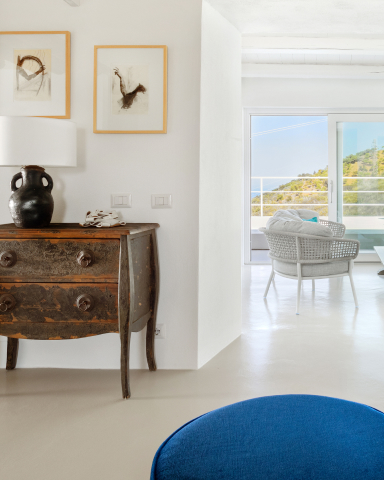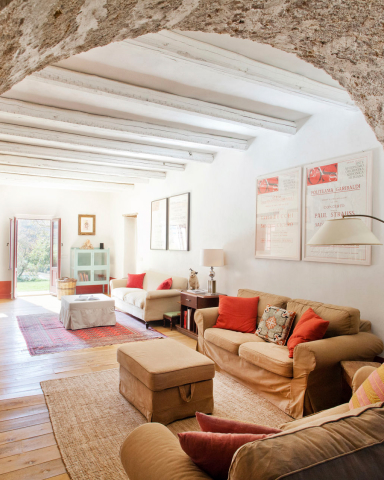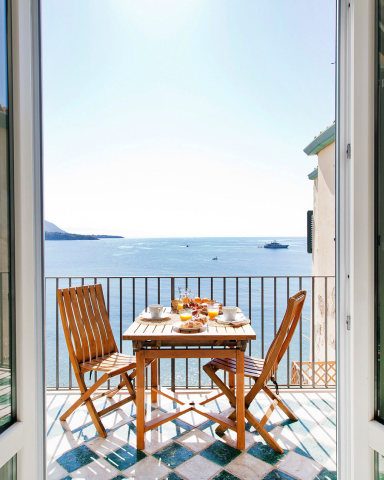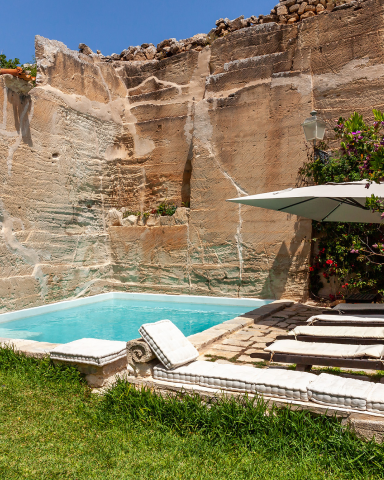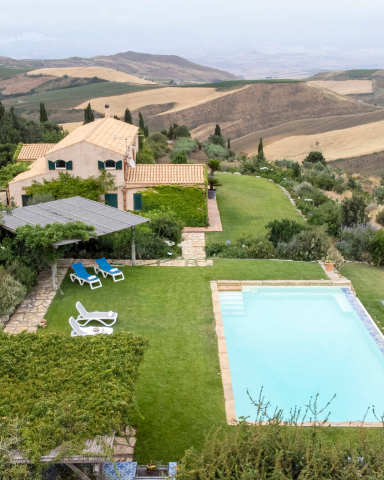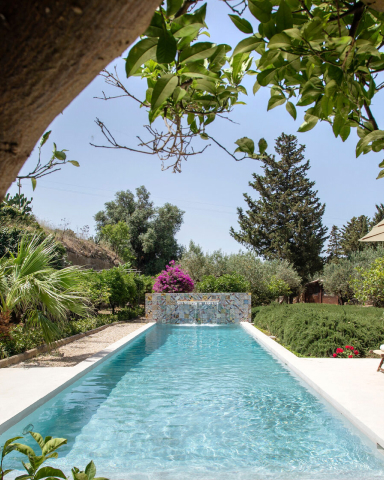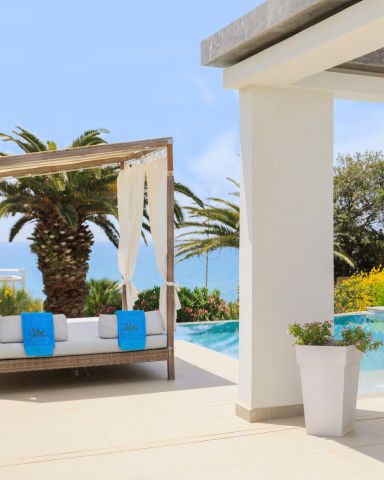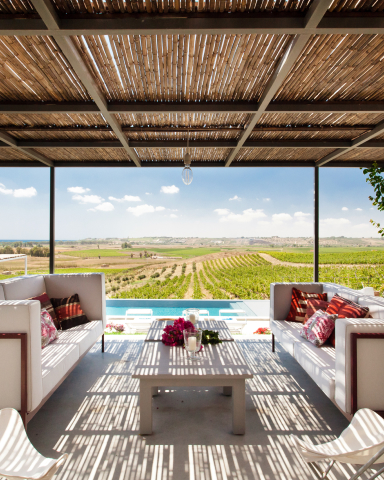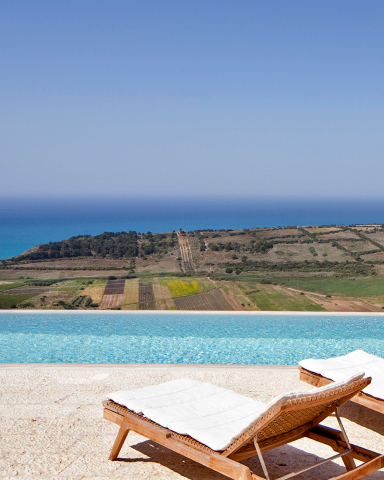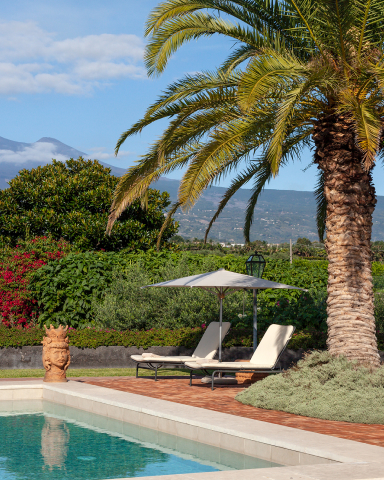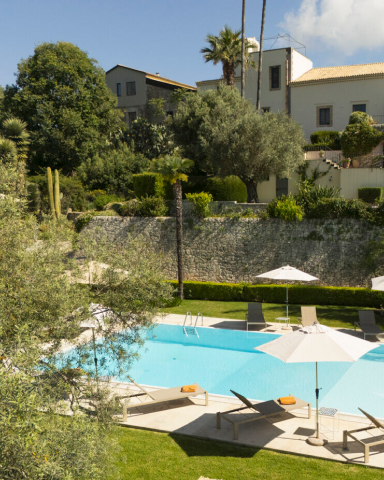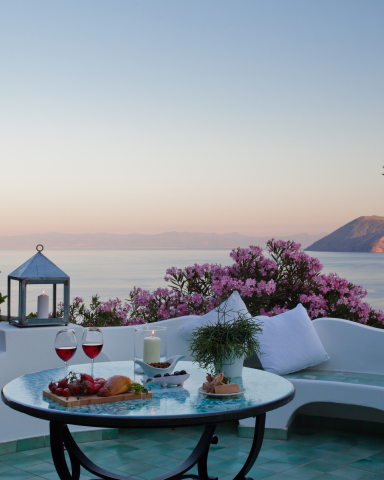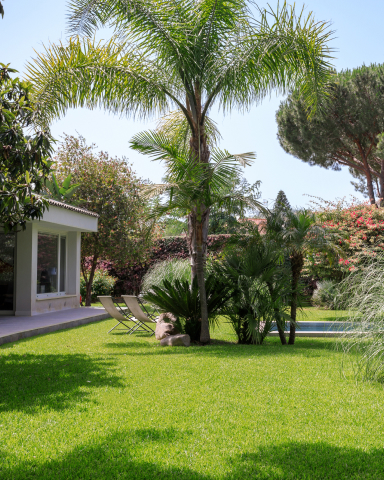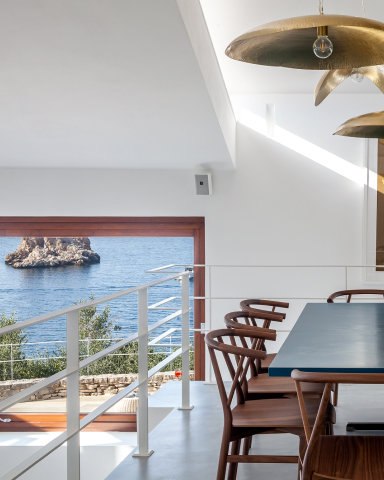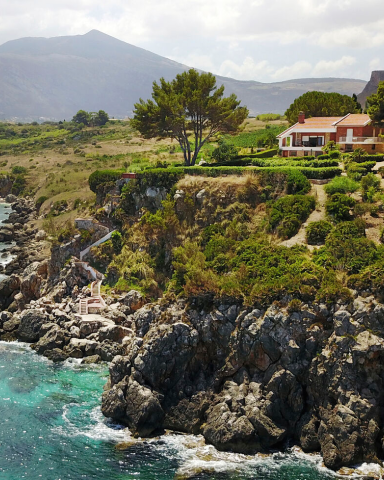Sicily's Natural Reserves: Your Complete Guide to the Island's Protected Wilderness

The Madonie Mountains: Sicily's Mountain Paradise
Overview of Parco delle Madonie
The Madonie Mountains natural reserve, established as Sicily's second nature park, spans 35,000 hectares south of Cefalù. At its heart stands Pizzo Carbonara, reaching 1,979 meters as the park's highest peak.
This natural reserve Sicily encompasses 15 historic villages, including Polizzi Generosa, Petralia Soprana, and Castelbuono, where medieval streets wind past ancient churches and imposing castles.
Flora and Fauna Highlights
The Madonie natural reserve hosts over 2,600 plant species, many endemic to this region. The Madonie Forest dominates elevations above 1,500 meters, while lower slopes support traditional agriculture including olive groves and wheat cultivation.
Spring and autumn transform the landscape with spectacular colors, making these seasons ideal for experiencing the reserve's botanical diversity.
Unique Local Traditions
Castelbuono's manna production represents a fascinating local tradition. This whitish resin flows from ash trees when bark is carefully cut, creating stalactite-like formations before collection. Once valued for medicinal properties, manna now sweetens regional delicacies.
Activities and Access
The Madonie natural reserve offers hiking trails suitable for all skill levels. Mountain biking and horseback riding provide alternative ways to explore the terrain. Families will enjoy Il Parco Avventura near Petralia Sottana, featuring rope courses and tree-climbing adventures.
Insider Tip: Visit Castelbuono's castle and dine at Nangalarruni restaurant (Via delle Confraternite, 7) for exceptional local cuisine.

Monte San Calogero Natural Reserve
The Nebrodi Mountains: Sicily's Hidden Wilderness
Sicily's Largest Natural Reserve
Established in 1993, the Nebrodi National Park covers over 85,000 hectares, making it Sicily's largest natural reserve. This untouched wilderness attracts surprisingly few visitors, preserving its pristine character.
The park's diverse fauna includes wild cats, foxes, and indigenous breeds like the San Fratello horse and Nebrodian black pig, whose meat creates prized local salamis.
Mountain Landscapes and Lakes
Monte Soro, the highest peak at 1,847 meters, offers breathtaking panoramas encompassing Mount Etna, the Aeolian Islands, and neighboring Madonie Mountains. Several stunning lakes, including Lago Biviere and Lago Ancipa, add variety to the mountain scenery.
Historic Villages and Culture
Byzantine Greeks founded many settlements here in the 4th and 5th centuries, leaving monastery ruins and ancient churches throughout the area. Key towns include Mistretta, Troina, and Nicosia, while smaller villages like San Marco d'Annunzio offer hidden treasures.
San Fratello features the beautiful Convento di San Francesco with its cloisters and 11th-century Norman church.
Exploration Tips
The Nebrodi natural reserve rewards explorers who venture off main paths. Unassuming trails may lead to pristine woods or hidden lakes, while humble villages often conceal exceptional restaurants serving local specialties.
Insider Tip: Obtain the Rother Guide to Sicily for walking routes, or visit tourist offices in Capo D'Orlando (Via A. Volta, 11) for park information.
Vendicari Nature Reserve: Coastal Paradise in Southeast Sicily
A Coastal Natural Reserve Sicily
Established in 1984, Vendicari Nature Reserve protects Sicily's southeastern coastline with a unique mixture of salt lagoons (pantani), sand dunes, rocky shores, and pristine beaches ranking among Sicily's most beautiful.
Wildlife and Birdwatching
This natural reserve Sicily serves as a crucial stopover for thousands of migrating birds traveling between Europe and Africa. Autumn brings flamingos, herons, storks, and cormorants, while winter hosts ducks, mallards, and terns.
Several observation hides accommodate birdwatchers, making Vendicari an ornithologist's paradise.
Beach Access and Activities
Three entrances off the Noto-Pachino road provide access to different sections. The middle entrance (Torre di Vendicari) offers routes both north and south. All visits require parking and walking, enhancing the wilderness experience.
The reserve includes historic remains: a 15th-century Torre Sveva built by Peter of Aragon, an ancient tonnara (tuna fishery), and traditional fishermen's houses.
Practical Information
No commercial facilities exist within the reserve, so bring water and food. The absence of crowds and development creates perfect conditions for peaceful picnicking among spectacular natural beauty.
Insider Tip: Stop in Noto's bakeries for fresh sandwiches before your visit.

Zingaro Nature Reserve
Lo Zingaro Nature Reserve: Western Sicily's Rugged Coast
Dramatic Coastal Scenery
Created in 1981, Lo Zingaro Nature Reserve stretches 7 kilometers between Scopello village and San Vito Lo Capo. This natural reserve Sicily showcases limestone cliffs sculpted by millennia of wave action into countless coves, sea stacks, and grottoes.
Windswept terrain rises steeply to 1,000-meter heights while crystalline turquoise waters lap intimate pebbly beaches.
Flora and Wildlife
Despite its stark appearance from afar, Lo Zingaro supports over 650 plant species adapted to the harsh coastal environment. Spring transforms slopes with thousands of wildflowers, including endemic sea lavender (Limonium Flagellare) and common varieties like crocuses and orchids.
Wildlife includes eagles, peregrine falcons, various owls, plus weasels, foxes, and occasional harmless vipers.
Historic Significance
For centuries, small farming communities inhabited Lo Zingaro, growing wheat and raising livestock. The area also sheltered smugglers who used caves for storing contraband. The legendary bandit Giuliano reportedly hid here on multiple occasions.
Visitor Experience
Summer crowds at other beaches make Lo Zingaro's relative isolation particularly appealing. A 30-minute walk from either entrance leads to virtually deserted coves perfect for swimming and sunbathing.
Insider Tip: Purchase "pane cunzato" (specialty sandwiches) in Scopello village before entering the reserve.
The West Coast Salt Pans: Ancient Industry Meets Natural Beauty
Historical Significance
Phoenicians established salt production here 2,700 years ago, exploiting ideal conditions: hot African winds, intense summer sun, and shallow coastal waters. These salt pans became crucial for food preservation throughout the Mediterranean and Europe.
Two Production Areas
Production centers at Nubia (south of Trapani) and Lo Stagnone (north of Marsala) continue this ancient tradition. Lo Stagnone, Italy's largest lagoon covering 2,000 hectares, now holds marine nature reserve status.
This natural reserve Sicily encompasses four islands: San Pantaleo (site of ancient Mothya), Isola Longa, Santa Maria, and Schola.
Unique Landscape
Medieval windmills dot the horizon, some still functioning to pump water through sluice gates. Harvested salt piles covered with terracotta tiles create a distinctive landscape between road and production basins.
The specialized salt contains higher potassium and magnesium concentrations than regular salt, with lower sodium chloride levels. Its chemical-free processing preserves trace elements, creating superior flavor particularly suited to fish dishes.
Cultural Attractions
The Saline della Laguna salt museum explains production methods and historical development. Ferry services connect to Mothya's Phoenician archaeological site on Isola San Pantaleo.
Sunset walks along the salt pans offer spectacular views toward the Egadi Islands.
Torre Salsa: WWF-Managed Coastal Reserve
Protected Coastal Environment
Situated between Sciacca and Agrigento near Montallegro, Torre Salsa Nature Reserve protects 760 hectares of pristine coastline and 6 kilometers of golden sandy beaches. WWF management since 2000 ensures exceptional conservation standards.
Diverse Landscapes
The reserve encompasses hills, seasonal streams, chalk cliffs, agricultural fields, and wetlands, creating ideal habitats for numerous animal and bird species while providing excellent hiking opportunities.
Crystal-clear waters rich in marine life make this natural reserve Sicily perfect for scuba diving and snorkeling.
Beach Access
Four main entrances near Montallegro provide access via dirt tracks leading to WWF parking areas. Short walks reach the beach, which remains uncrowded even during peak summer months.
The eastern section features the longest beach around a curved bay, while the western boundary connects to Eraclea Minoa's 5-kilometer shoreline.
No facilities exist within the reserve, so visitors should bring supplies for extended stays.
Belice Nature Reserve: River Delta Wilderness
River to Sea Ecosystem
The Belice River flows 80 kilometers from mountains above Palermo to the Mediterranean, creating a 3-kilometer stretch of protected coastline between Selinunte archaeological site and Porto Palo resort.
Established in 1984, this natural reserve Sicily preserves diverse ecosystems from river delta to coastal dunes.
Seasonal Appeal
Spring, summer, and autumn attract beach lovers to expansive sandy shores and clean waters. Winter provides excellent conditions for brisk walks along the disused Castelvetrano-Sciacca railway line.
Flora and Wildlife Features
Alternating dunes and depressions create saltwater pools during high tides. Hardy vegetation includes sea daffodils, sea rocket, wild asparagus, and tamarisk, while river banks support towering reeds and occasional pines.
The reserve's most distinguished visitors are loggerhead sea turtles, who find these beaches ideal for nesting.
Partial commercial development provides sunshades and loungers, while most areas remain naturally undeveloped.
Dining Tip: La Pineta restaurant at the beach's western end serves excellent traditional seafood.
Planning Your Sicily Natural Reserve Adventure
Best Times to Visit
Spring (April-May) and autumn (September-October) offer ideal conditions with comfortable temperatures, fewer crowds, and spectacular wildflower displays in mountain reserves.
Summer provides perfect beach weather but expect larger crowds at coastal reserves. Winter offers peaceful exploration opportunities, particularly in mountain areas.
Essential Preparations
- Bring adequate water and food, especially for reserves without facilities
- Pack appropriate footwear for hiking and varied terrain
- Include sun protection and weather-appropriate clothing
- Consider binoculars for wildlife observation
- Download offline maps or purchase detailed hiking guides
Getting Around
Most natural reserves Sicily require some walking from parking areas, enhancing the wilderness experience while protecting sensitive ecosystems. Rental cars provide best access to multiple reserves during your visit.

We're Villa Matchmakers
Because our local experts have personally visited each of our destinations, we know exactly what makes them special. Tell us what your ultimate villa holiday looks like, and allow us take care of the rest.

